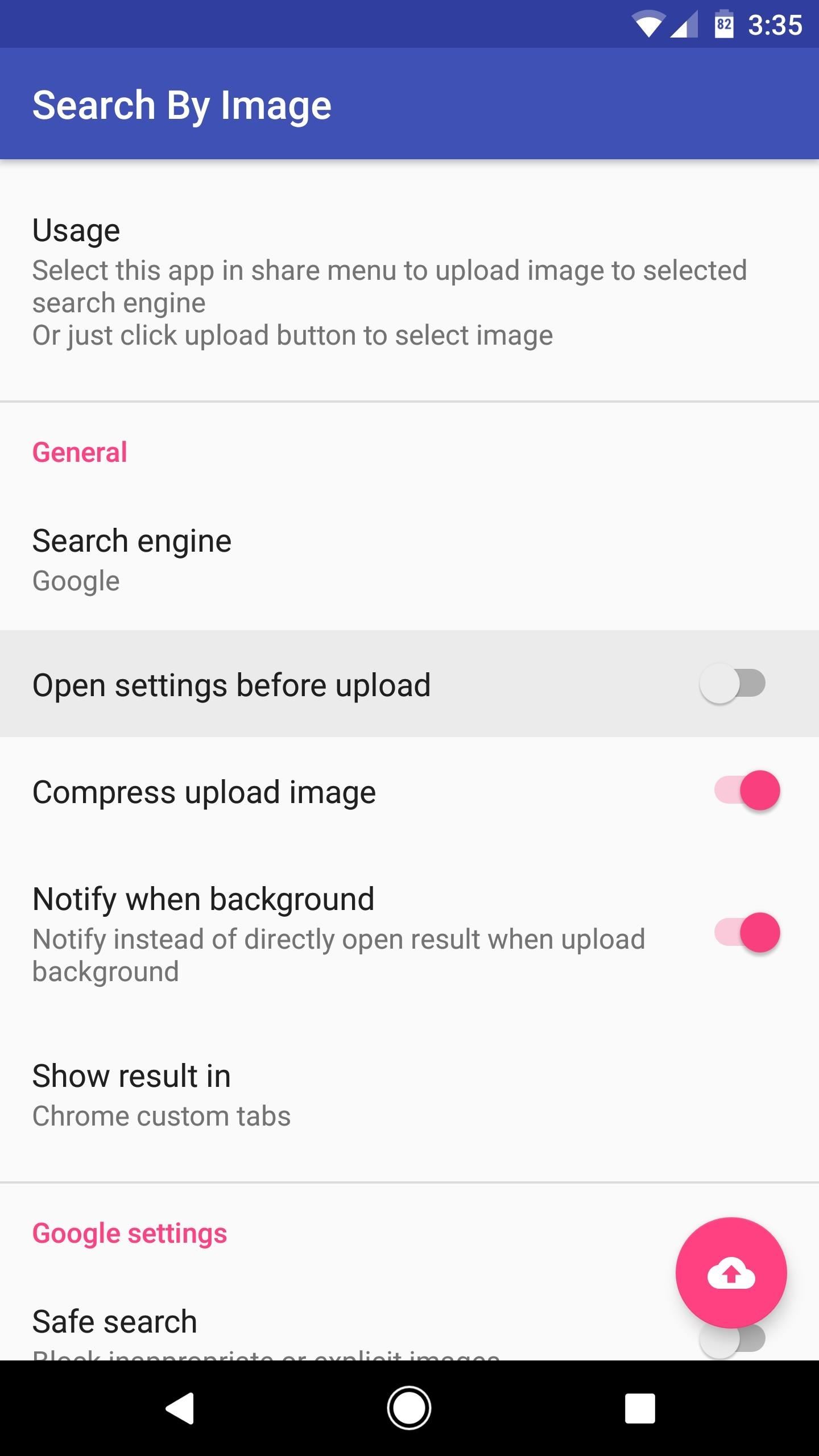Go to Google Images. Search for the image you want to use and tap it. To search with the image: Touch and hold the image, then tap Search Google for. The most comprehensive image search on the web.
Photos sometimes live double lives on the internet. Scammers might steal your social media photos and use them with fake online identities. Or scammers might target you by using someone else's photos, claiming to be someone they're not. Or a provocateur might paste a picture from a news story into a meme where it's taken out of context.
© Brett Pearce/CNETUse a reverse Google Image search to check if the image in a meme actually comes from a different event altogether.
This phenomenon can be hard to detect without some special skills or tools. That's what a reverse image search is for. This search engine tool gives you the power to spot scams, debunk false news and find out when someone is using your images for their own gain.
You can run a reverse image search in a few different ways, but the end result is a list of websites where the photo or image is displayed, with a link and description. It can also give you a list of related images. Although these results are often hit or miss, they might show you where images of the same thing shot from a different angle are posted.
Here's how to run a reverse image search, and why you might want to consider it.
© Provided by CNET A quick drag-and-drop can help you separate fact from fiction. Graphic by Pixabay/Illustration by CNETHow to run a reverse image search
There are a few options for how to do a reverse image search. First, open Google Images in your Safari, Firefox or Chrome web browser.
Option 1: Click on the image and hold down. Then drag it to the Google Images search field in another window.
Option 2: Take a screenshot of the image and drag that file into the search field. (You can also upload the file from the Google Images search bar, if you prefer.)
Option 3: Right-click on the image and select Open image in another window. Copy the URL and then paste into the Google Images search field.
Option 4: If you're using Chrome, right-click on the image and select Search Google for image.

The results will tell you what other contexts the photo has appeared in. That'll help you spot multiple postings trying to sell the same object (like this pig chair, which isn't for sale but has appeared repeatedly on Craigslist). It'll also help you spot duplicate real estate listings, which may not have been posted by the same people.
How to run a reverse image search on your phone
For the quickest and most readable results, you'll want to be on a desktop web browser to run a reverse image search. The same search just isn't as straightforward to pull off on mobile. These are the simplest approaches you can try:
Option 1: In the mobile Chrome browser, you can hold down on an image and then select Search Google for this image.
Option 2: Hold down on the photo in your mobile browser and select the option that lets you copy the photo (Copy or Copy URL, for example). That puts the photo's URL onto your clipboard. Then paste the URL in the Google Images search bar.
You can also use the Google app, which lets you upload or take pictures of images. However, CNET found the results to be very spotty when trying to find the origin of a photo.
Google Images
Why you might want to run a reverse image search

First, you can use a reverse image search to spot fraud and scams. Going on a first date? Run the person's Tinder profile picture through a reverse image search to see if the photo is associated with anyone else. Buying a product from a stranger on the internet? Do a reverse image search for the picture of the item to find out if it's been posted by other people.
Second, you can check to see if anyone is reusing your photos. This could be for a variety of reasons. Maybe they're using your face on Tinder, or maybe they're stealing photos of your crafts from Pinterest and claiming your creations as their own. If you have photos you don't want repurposed by strangers, it might make sense to run them through a reverse image search now and then.
Finally, you might want to win an argument. When someone posts an image with a news story that just doesn't sound right to you, you could try to look it up on Snopes. But the website, which fact-checks news stories, rumors and memes that fly around the internet, can't investigate everything. That's when it's time to open up Google.
What to do about fake or misleading posts
You can report a misleading or false meme to the social media platform you found it on. You can also report things like scam dating profiles, bogus for-sale posts and fake rental listings to the websites where they're hosted, as well as to the FTC. Steps for reporting the posts will be different for each website.
Google Image Search
You can also let people know they've posted something misleading, which they may have done unwittingly. You may be in for an argument, but you'll have facts to back you up.